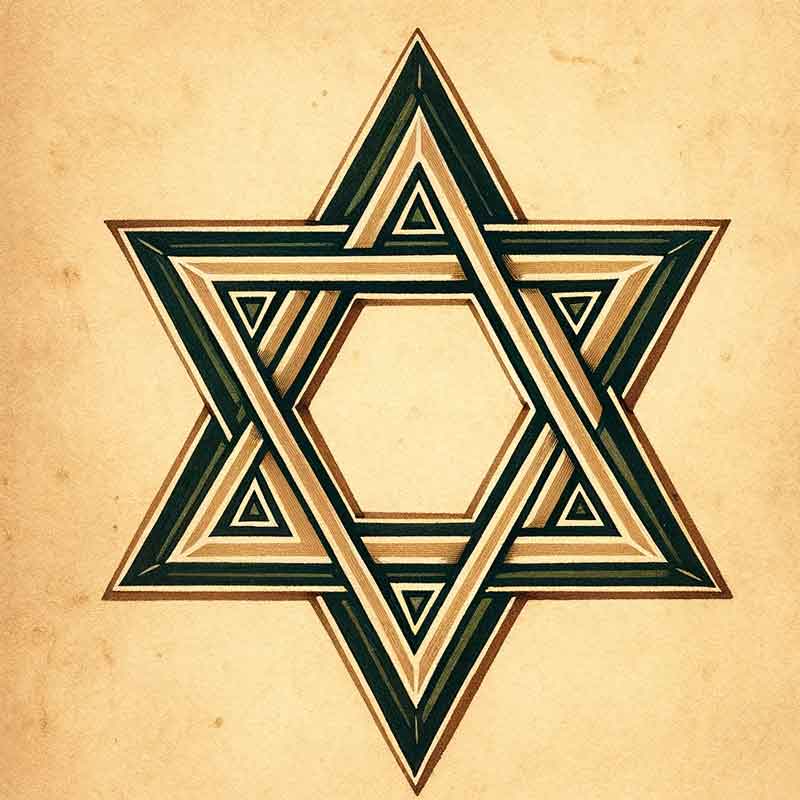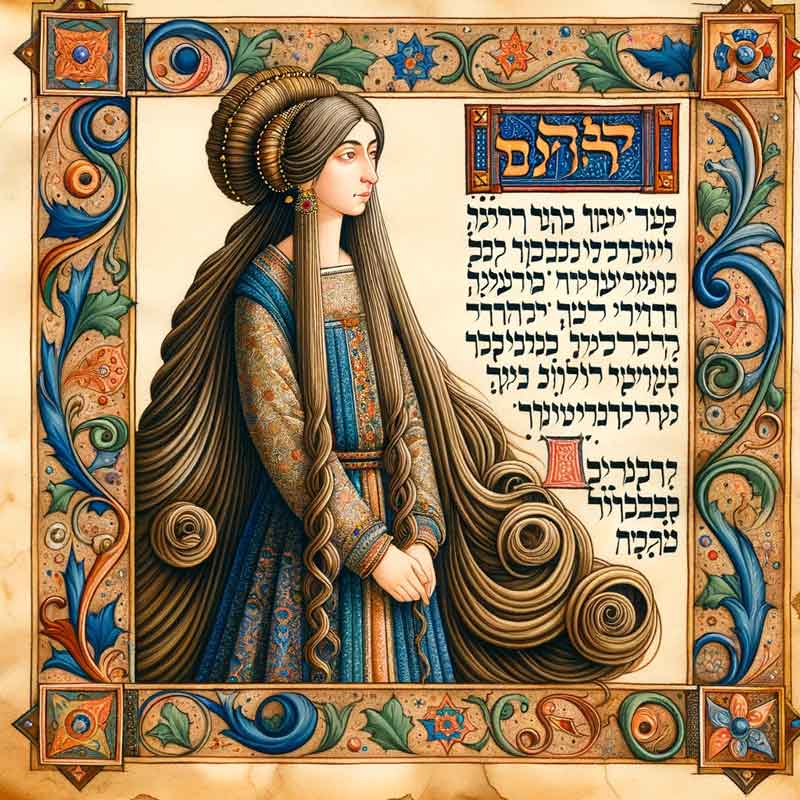Question from a Reader
Dear Rabbi Joshua,
I’m often greeted with ‘Shabbat Shalom’ by my Jewish friends. What is the appropriate way to respond to this beautiful greeting?
Best regards,
Carlos Martinez
Understanding ‘Shabbat Shalom’
Dear Carlos,
Your question touches on a significant aspect of Jewish culture and practice. ‘Shabbat Shalom’ is a traditional Jewish greeting used to welcome the Sabbath (Shabbat) which begins on Friday evening and ends on Saturday evening. The phrase translates to ‘Sabbath [of] Peace.’
Shabbat is a time of rest, reflection, and renewal, and the greeting ‘Shabbat Shalom’ is an expression of the desire for peace and well-being during this sacred time.
Responding to ‘Shabbat Shalom’
The most common and appropriate response to ‘Shabbat Shalom’ is simply to repeat the phrase back – ‘Shabbat Shalom.’ By doing so, you are reciprocating the good wishes, expressing your own desire for the person’s peaceful and restful Shabbat.
Additional Responses
In some communities, you might also hear responses like ‘Shalom Aleichem’ (שלום עליכם) which means ‘peace be upon you,’ further emphasizing the theme of peace. Another response, particularly at the end of Shabbat, is ‘Shavua Tov,’ meaning ‘Have a good week,’ to wish someone well in the coming week.
Cultural Sensitivity and Respect
Responding to ‘Shabbat Shalom’ with the same phrase or with ‘Shalom Aleichem’ shows respect and appreciation for Jewish traditions and the cultural significance of Shabbat. It’s a simple yet meaningful way to engage in the spirit of Shabbat, even for those who are not Jewish.
Conclusion
In conclusion, responding to ‘Shabbat Shalom’ with the same greeting is a way to honor and participate in the Jewish tradition of marking the Sabbath as a time of peace and rest. It is a beautiful exchange that transcends cultural boundaries and enhances mutual respect and understanding.
May your weekends be peaceful and restorative.
Shalom,
Rabbi Joshua


